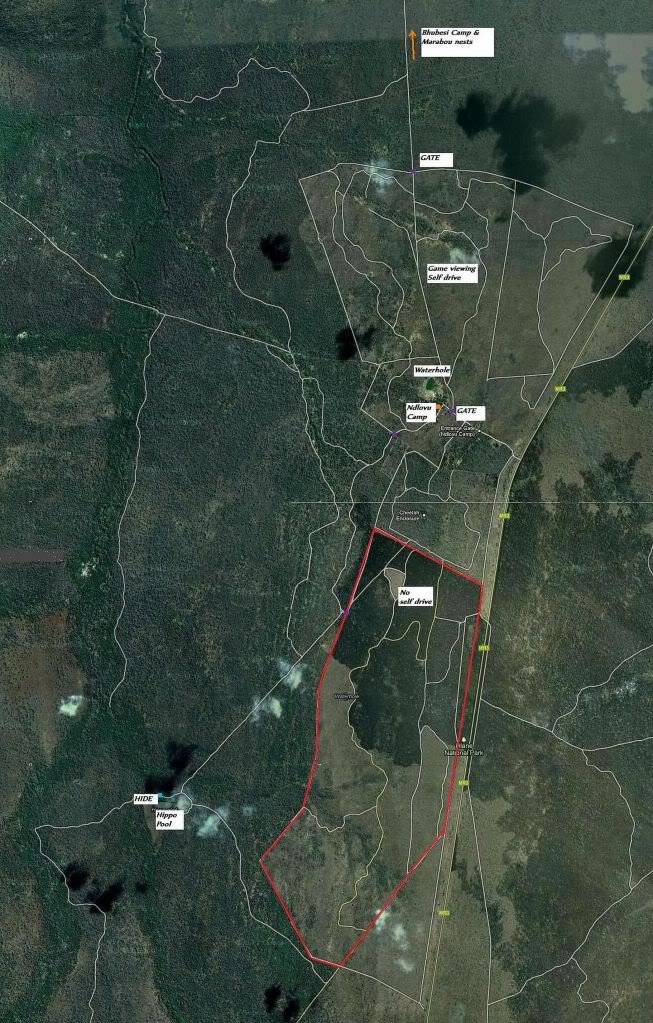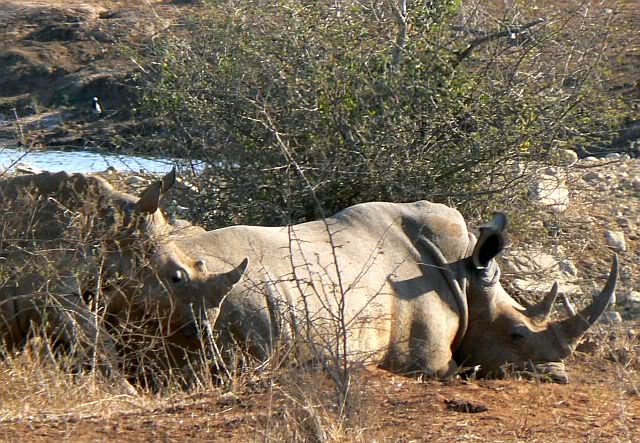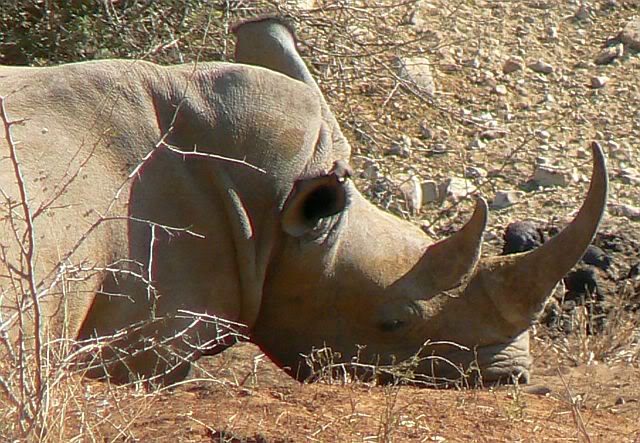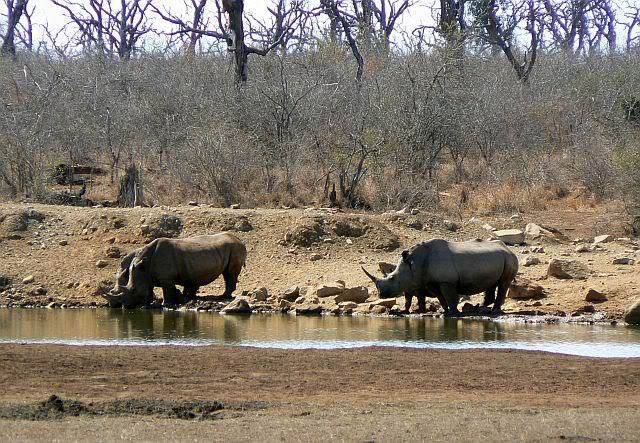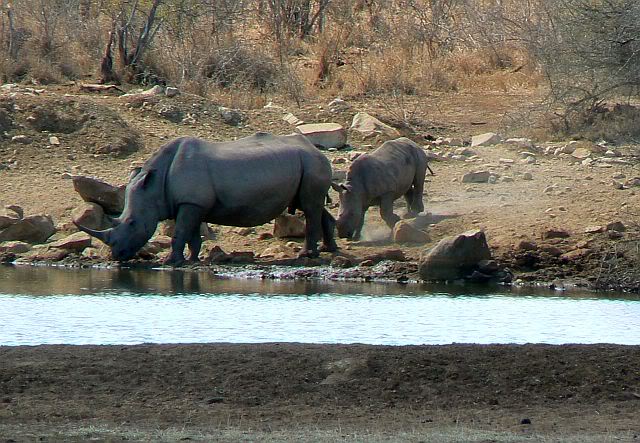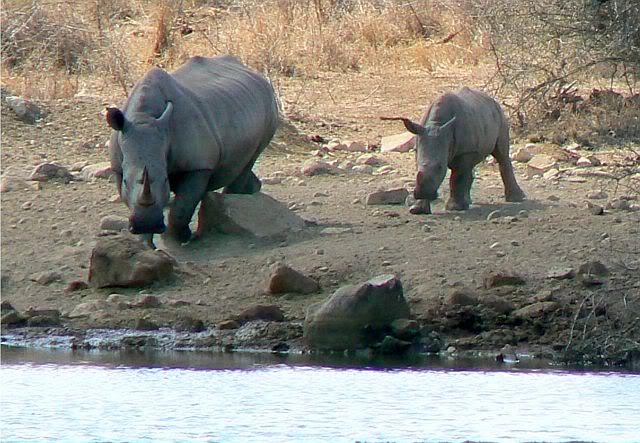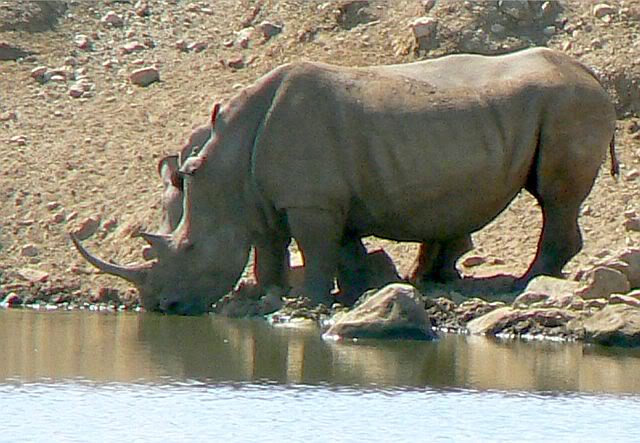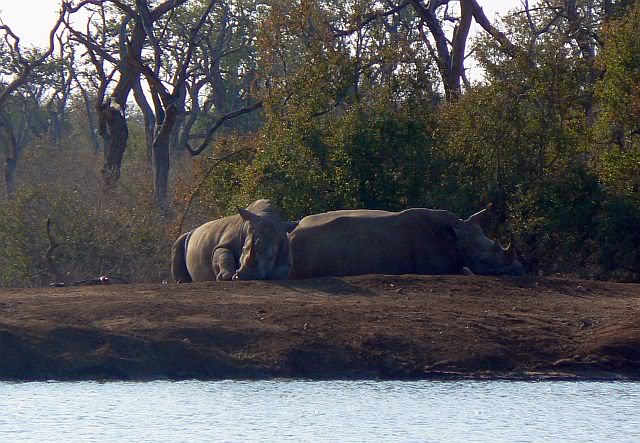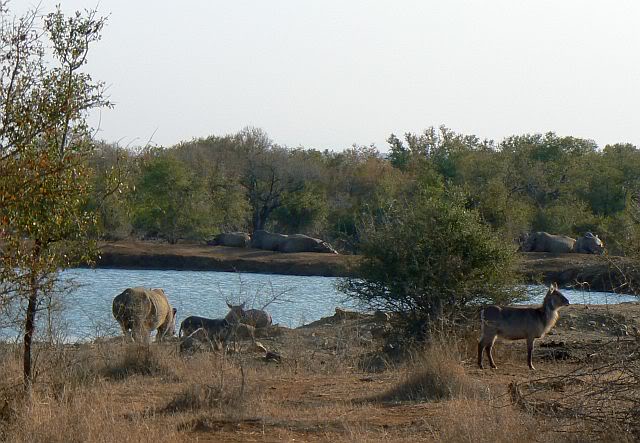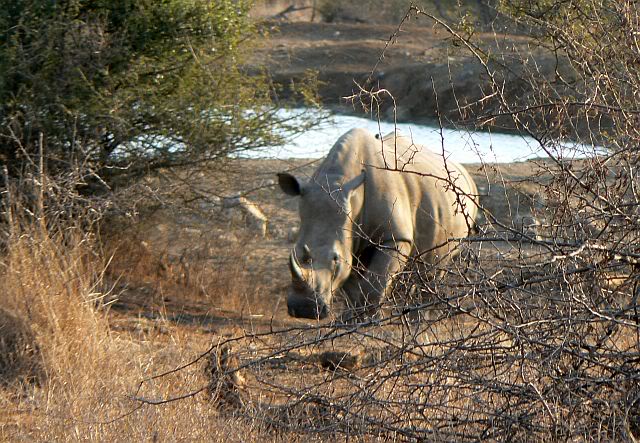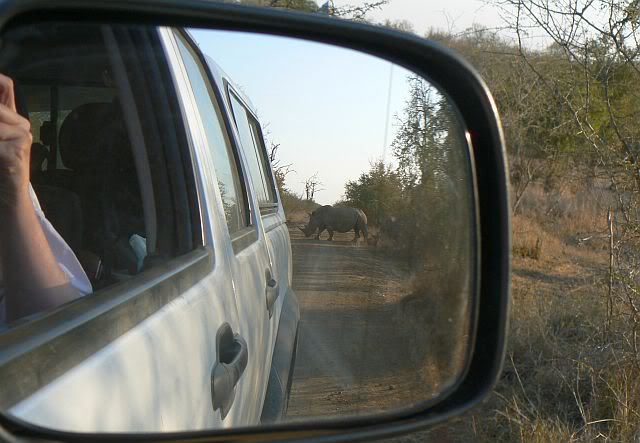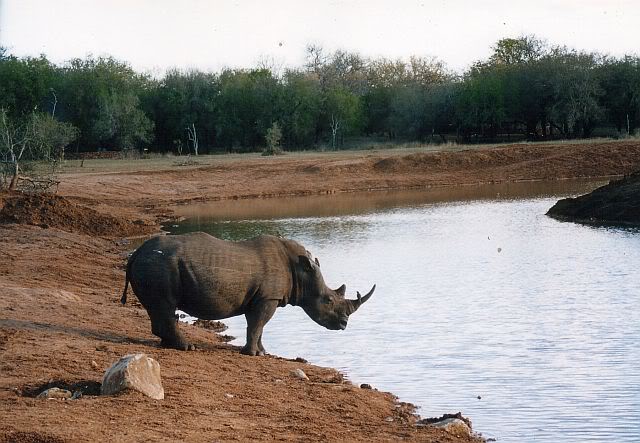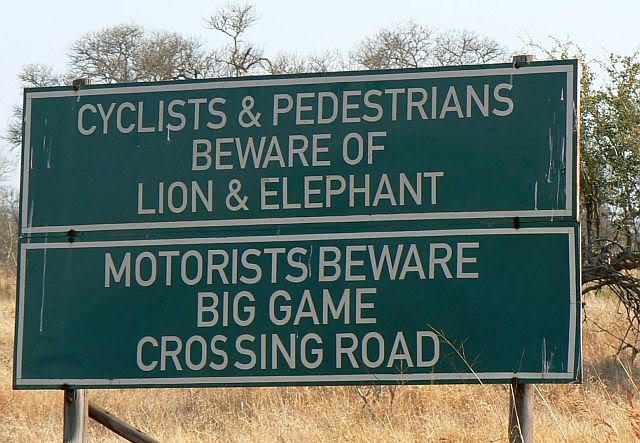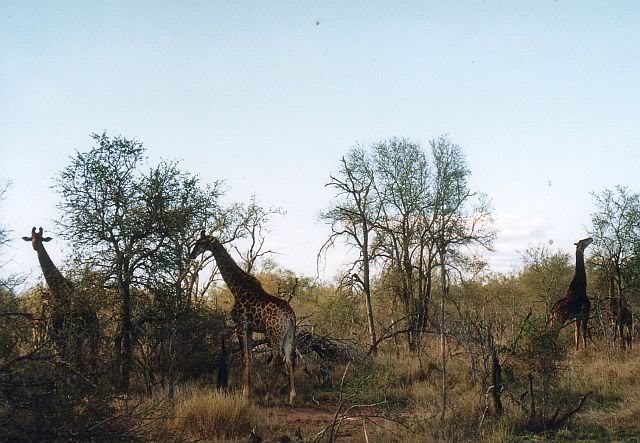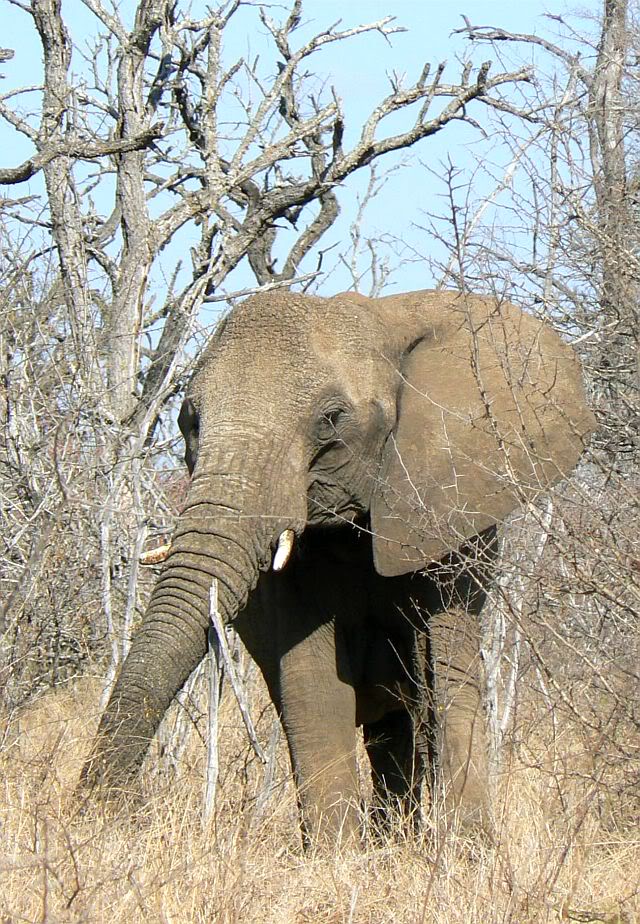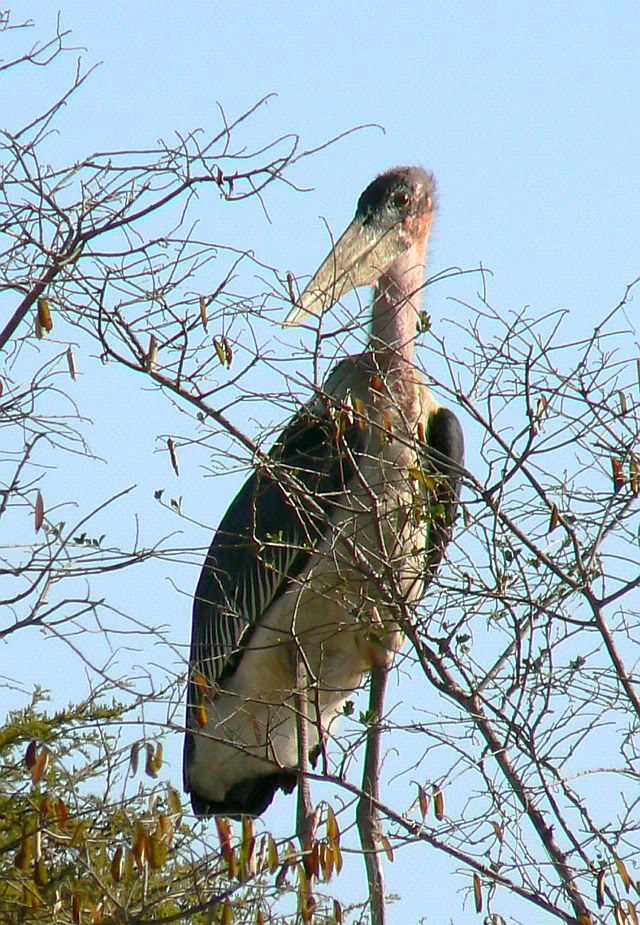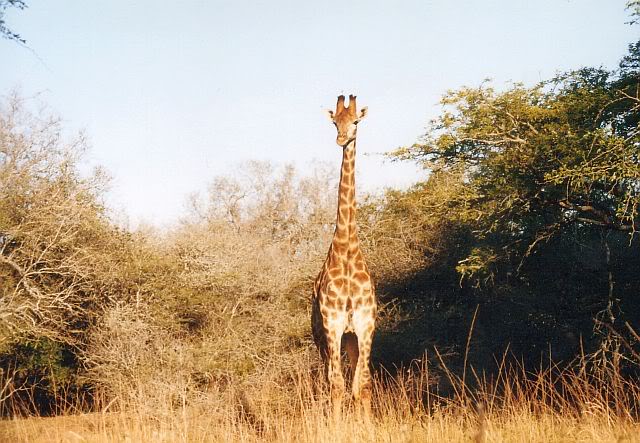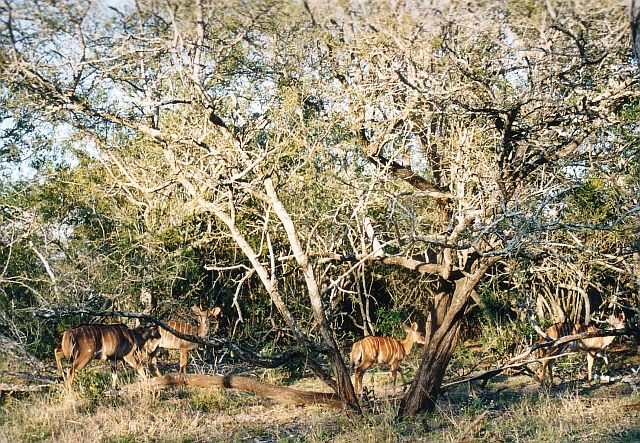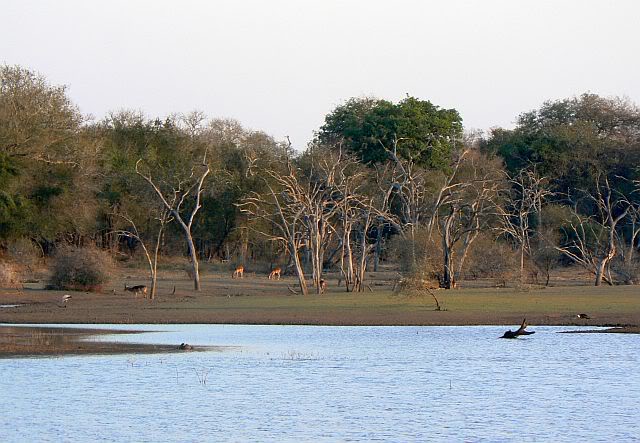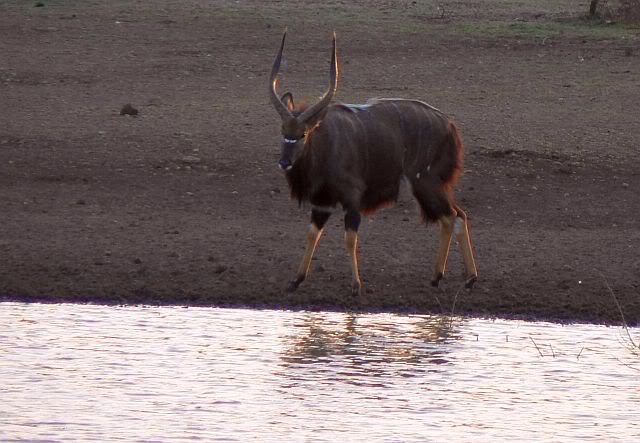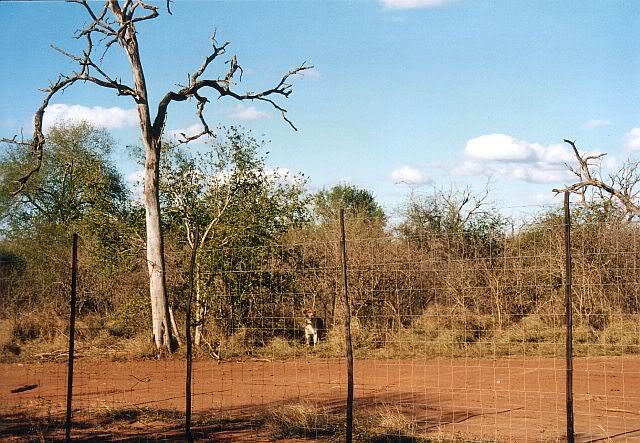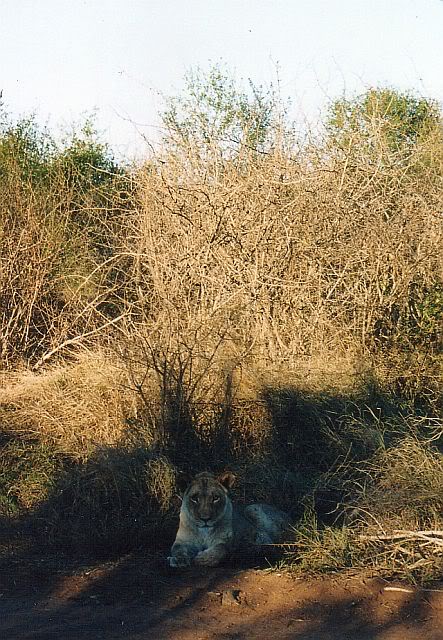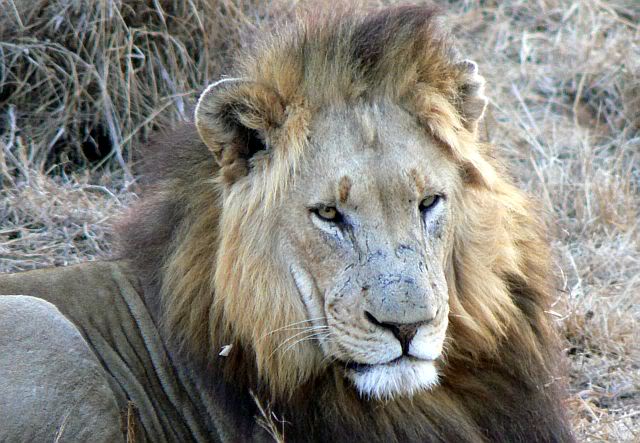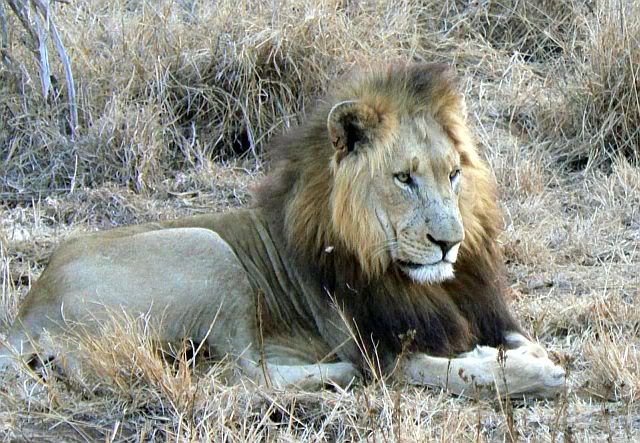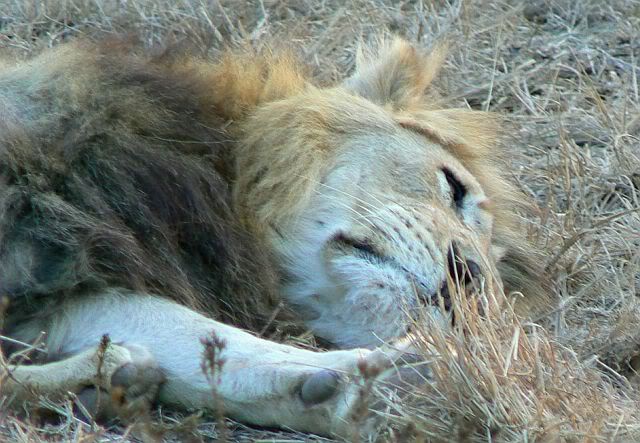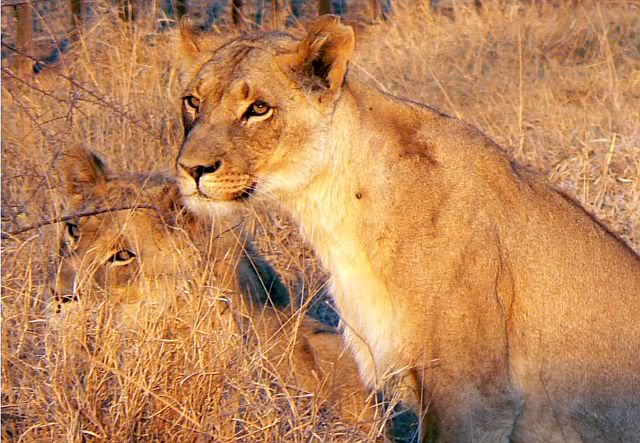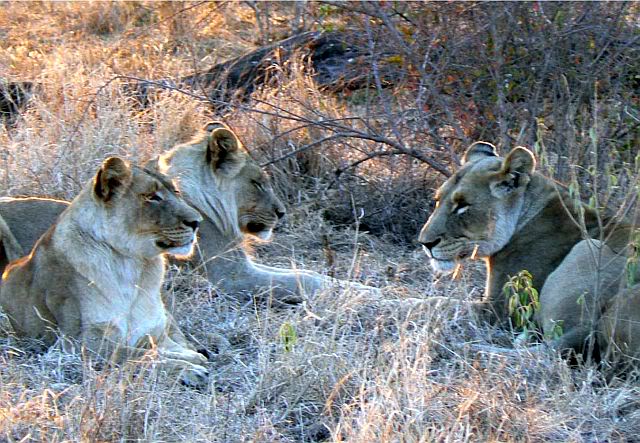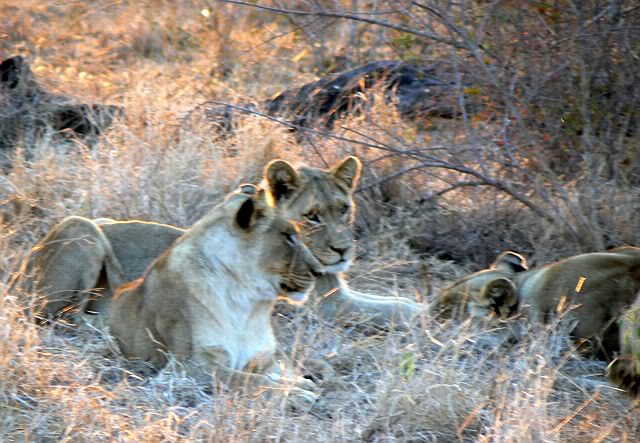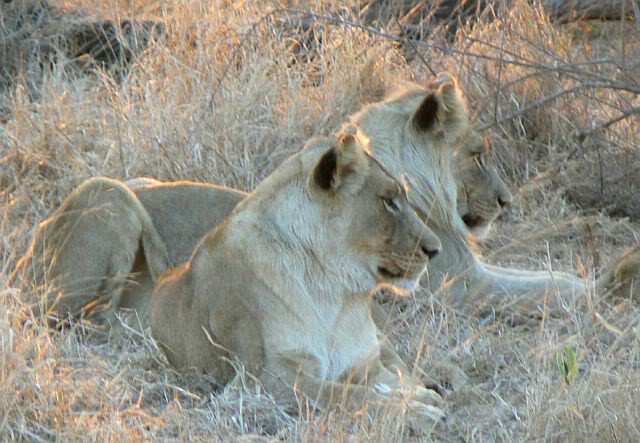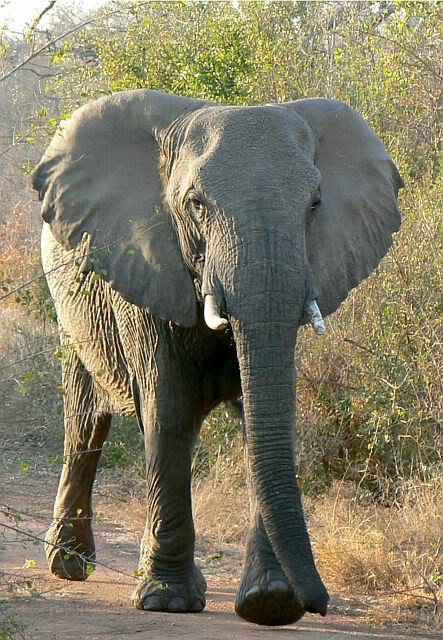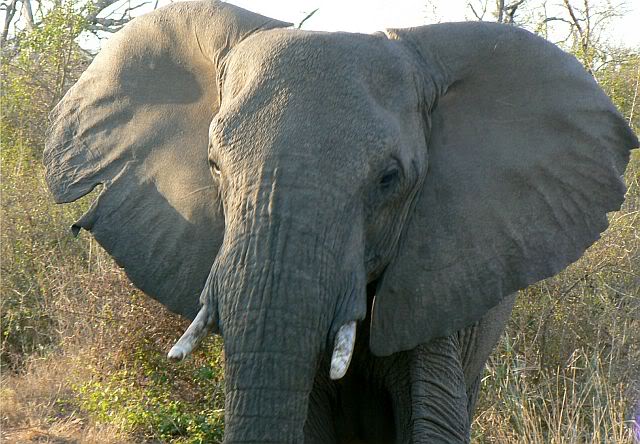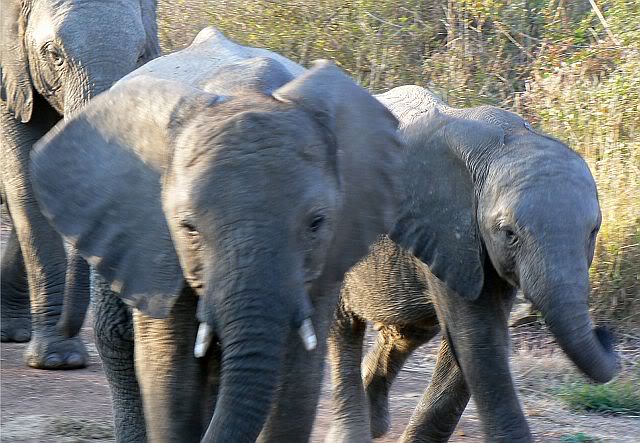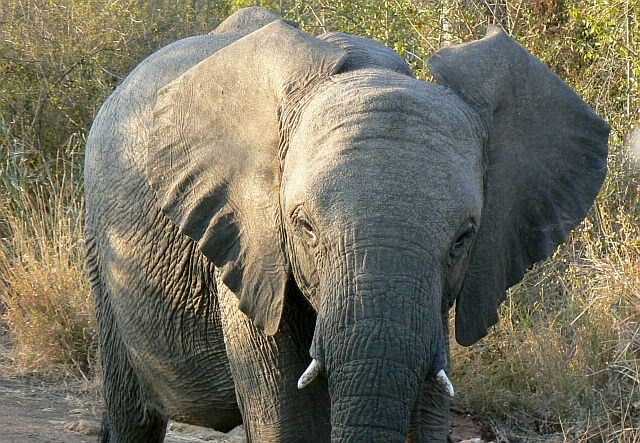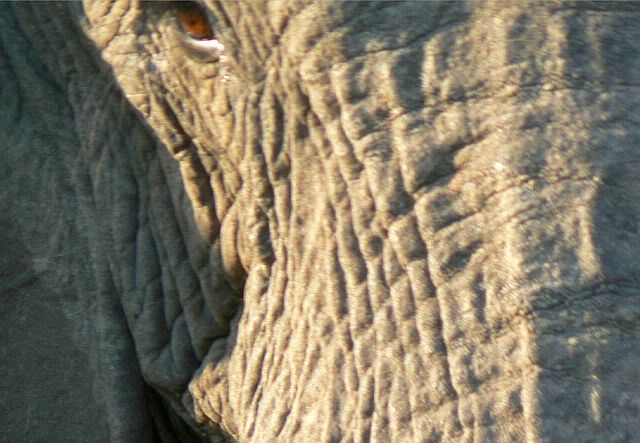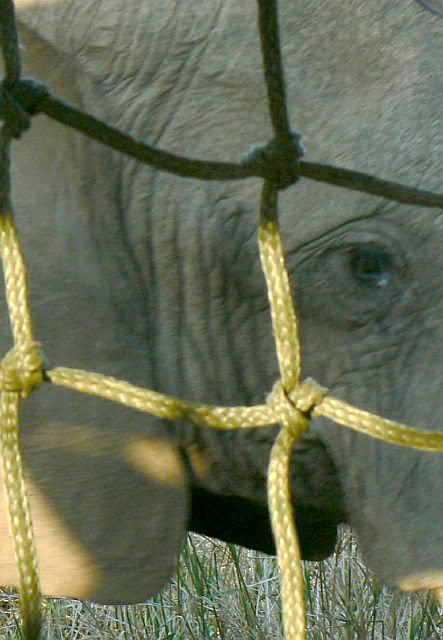Tue Feb 21, 2012
Hlane Royal National Park (held in trust for the nation by His Majesty, King Mswati III), with its adjacent dispersal areas, covers 30 000 hectares of Swazi bushveld, dominated by ancient hardwood vegetation.
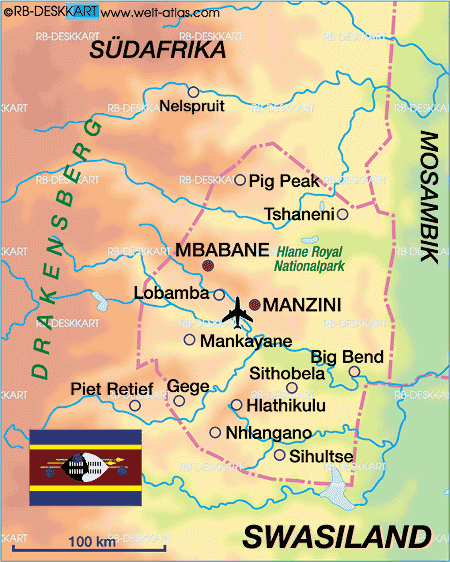 ©welt.atlas.de
©welt.atlas.de
Hlane is a the Kingdom's largest protected area and together with its neighbouring parks makes up the vast bushveld expanse known as the Lubombo Conservancy. It is a modern day conservation success story that has seen this area survive competing land-use claims, sugar farming, mining and cattle-ranching.
 ©vitualtourist.com
©vitualtourist.com
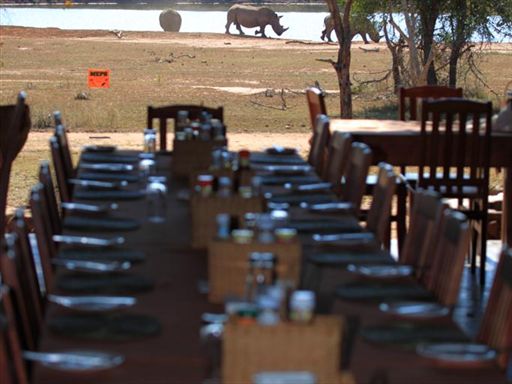 ©swaziland-direct.com
©swaziland-direct.com
A network of self-drive game-viewing roads criss-cross the park's flat terrain, weaving between the 1000 year old hardwood vegetation and shallow pans, which attract great herds of animals during the dry winter months. Hlane, named by King Sobhuza II, extends for 30,000 hectares and is home to lion, elephant, white rhino, leopard, giraffe, hippo, crocodile and a wealth of smaller species. Birdlife is abundant and includes the highest density of nesting white backed vultures in Africa.
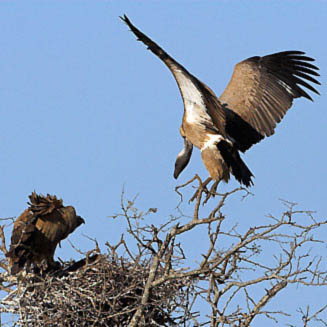 ©biodiversityexplorer.org
©biodiversityexplorer.org
 ©ramsaymedia.co.za
©ramsaymedia.co.za
Guided walking safaris, mountain biking trails and 4x4 game-viewing are highlights, whilst almost all areas of the park are accessible by ordinary self-drive sedan during the dry season.
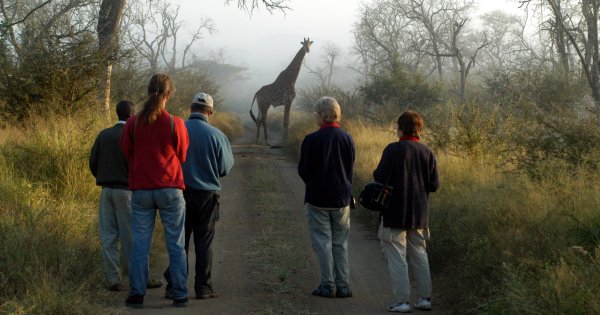 ©overlandingafrica.com
Ndlovu Camp
©overlandingafrica.com
Ndlovu Camp is found immediately inside the main gate off the main tarred Simunye road through Hlane. The camp overlooks a waterhole, which, especially in winter, attracts a wide diversity of game including white rhino, elephant and giraffe. The camp is protected from big game by a three-strand electric cordon, which although not stopping smaller game movement, does keep the larger animals at bay. Ndlovu Camp has 5 self catering chalets within close proximity to reception, an open-air restaurant and the water hole. These fully equipped chalets cater for couples (2 chalets), a 4-sleeper (double and 4 singles in loft - ideal for kids) and 2 x 8-sleeper (2 doubles and 4 singles) ideal for groups. There are also 14 thatched family rondavels, and smaller cottages, all equipped for self-catering. There are also camp sites available here. This camp has no electricity.
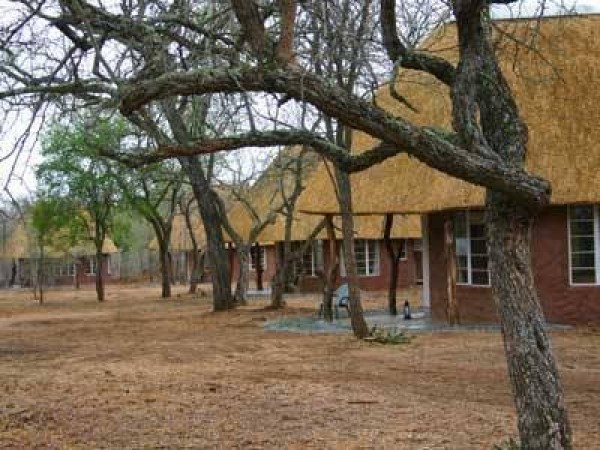 ©swazi.travel
©swazi.travel
 ©angolareservations.com
Bhubesi Camp
©angolareservations.com
Bhubesi Camp is set on the elevated banks of the densely vegetated Umbuluzana River. Ideal for self-catering travellers, this camp is quiet and appeals to bird-watchers. There are 6 stone cottages, all designed and equipped for self catering. Accessible through the main gate at Ndlovu camp, it takes approximately 25 mins drive through the park to reach the camp.
 ©beachandbush.co.za
©beachandbush.co.za
 ©world-in-pictures.org
©world-in-pictures.org
Hlane is staffed by local Swazi people who will help to build fires and assist with cleaning up. About 15 minutes drive from either of the 2 camps, is the Simunye shopping centre. Although not as well stocked as the city supermarkets, the supermarket here can provide a lot of the essentials like fresh bread, milk, vegetables etc. There is also a filling station available here.
For reservation enquiries go to:
http://www.biggameparks.org/